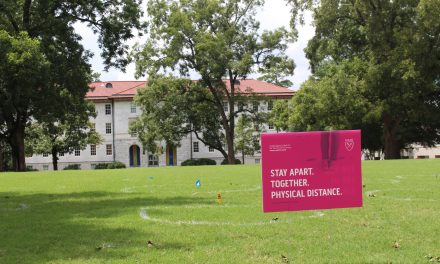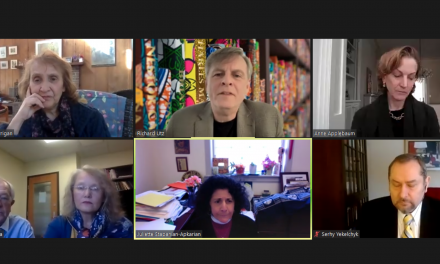The Emory-Tibet Partnership’s 13th annual Tibet Week concluded Saturday following a week of events. Tibet Week brought many Tibetan leaders and scholars to campus to discuss and celebrate Tibetan life, politics, music, medicine and culture through various lectures, meditation sessions and art exhibitions.
Some of the week’s lectures included discussions on self-immolation in Tibet.
Self-immolation is the flow of information in and out of the region and the symbolism of the mandala, a word in Sanskrit meaning “circle” which has ritual and spiritual significance in both Buddhism and Hinduism.
Throughout the week, members of both the Emory and Atlanta communities had the opportunity to observe Tibetan artists working on a mandala sand painting or even participate in meditation sessions with Tibetan spiritual leaders.
“We had events that really ran through a wide range of interests, and it was really an opportunity for the whole campus to celebrate and learn little bit about what the [Emory-Tibet Partnership] does,” said Keri Leibowitz (’12C), the Emory-Tibet Partnership program coordinator.
Some events during the week included a panel with the six monks about their journey to Emory and a discussion on the symbolism of the mandala.
The Emory-Tibet Partnership began in 1998 when His Holiness the Dalai Lama first visited Emory’s campus. In February 2007, Emory announced that the Dalai Lama would be joining Emory as a presidential distinguished professor.
Since then, Tibet Week has become a staple in both the Emory and Atlanta communities, according to Zack Malina, an Atlanta resident and self-proclaimed “friend of the Tibetans.”
“This is very helpful to promote the human values of tolerance, patience [and] compassion as a part of the rich Tibetan culture,” Malina said. “It is informative in that we learn about ways to further our compassion and tolerance.”
The program was designed not only as a means to highlight Tibetan culture but also to help raise awareness about Tibetan studies at Emory, according to Geshe Lobsang Tenzin Negi, the director of the Emory-Tibet Partnership.
Negi explained that the connection between Tibetan culture and Emory is one that has been constructed during the last few years through goals that the Dalai Lama set.
“One of the dreams of the Dalai Lama is to bring modern science into the monastic education, and Emory University is fully assisting in creating the comprehensive science program that can be cemented into the monastic education,” Negi said.
Since the Emory-Tibet Partnership first hosted Tibet Week in 2001, the event has expanded from what was first a small event focusing on mandala sand painting to a week-long celebration that truly explores Tibetan culture, Negi said.
“I am Tibetan and this is my third year at Emory, and I’m really happy they have this event here to bring all these distinguished scholars to share their thoughts,” College junior Dawa Tsering said. “It’s a really fascinating experience for me.”
Tsering added that those who are informed about Tibet have an opportunity to learn more about the people and political issues, and those who come in without any prior knowledge learn a lot about an entire culture.
“I walked through the Quad with my friend from Tibet and he was like, ‘Whoa!'” Tsering said. “Today, Emory University looks more like an Emory monastery.”
– By Dustin Slade
Photo by Thomas Han
The Emory Wheel was founded in 1919 and is currently the only independent, student-run newspaper of Emory University. The Wheel publishes weekly on Wednesdays during the academic year, except during University holidays and scheduled publication intermissions.
The Wheel is financially and editorially independent from the University. All of its content is generated by the Wheel’s more than 100 student staff members and contributing writers, and its printing costs are covered by profits from self-generated advertising sales.






congratulations for the beautiful text
como reconquistar http://www.outrachance.com.br/